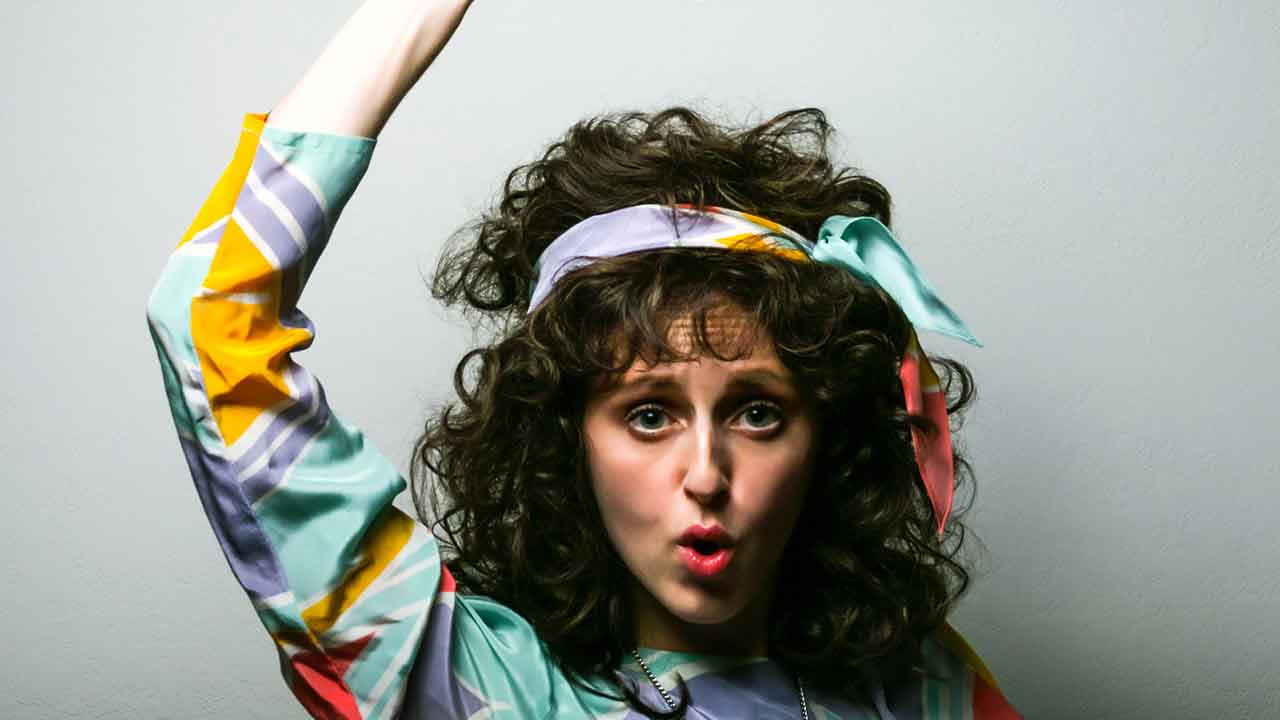Here’s the science behind your perm

The perm, or permanent wave, has seen a resurgence recently, with the likes of Emma Stone, Selena Gomez, Celine Dion and Naomi Campbell among those embracing their curls over the past several years.
But, unlike its 80’s predecessor, the modern perm is more customisable, with everything from spiral coils to wavy hair on the table.
Though many of us would have a basic understanding of the process, where rollers and rods are used to take your locks from straight to curled, the way this happens relies on some pretty cool chemistry that takes place in three stages.
It comes down to proteins
Hair is mostly made up of a fibrous protein called keratin, or more specifically alpha-keratin, which is itself mostly made up of several amino acids: alanine, leucine, arginine and cysteine.
This protein is found in everything from our skin and nails to wool and rhinoceros horns, but these wildly differ in strength based on how many groups of two or more cysteines (called residues) are in their structure.
These residues are connected to each other by disulfide bonds - two sulfur atoms - which help increase the strength and toughness of the keratin. The more cysteine residues and disulfide bonds there are, the stronger the protein is.

Two sulfur atoms form a bridge between the keratin proteins that make up the majority of your hair’s structure, and it’s this bridge that is altered when you get a perm. Image: Mlpatton (Wikimedia)
When these bonds are all parallel to each other, you get straight hair.
The process of creating a perm (or permanent wave) then changes how these bonds line up in three steps.
The first step will see your stylist apply a substance, usually ammonium thioglycolate or ‘thio’, to break some of these bonds and weaken others, meaning that the proteins in your hair aren’t as strong. For textured hair, this also works to remove the natural curl in your hair.
When the rods and rollers are placed in your hair, the proteins can shift position in relation to each other so that they’re no longer parallel.
Getting a perm involves some pretty cool chemistry that sees the structure of your hair change. Image: Professor Richard Payne (The University of Sydney)
To set the hair in its new, curly shape, neutraliser (often a dilute solution of hydrogen peroxide) is added. This restores the disulfide bonds between the proteins and locks in your curls.
Why doesn’t a perm last forever?
Though getting a perm involves breaking and shifting chemical bonds, it isn’t a permanent change.
Perms generally last three to six months, depending on your hair type and how you look after it.
Your curls might be set but they can be broken and more prone to frizz from chlorinated water, sweat and humidity,
Brushing with your standard brush can also cause your waves to disappear, as the disulfide bonds between the proteins in your hair are realigned when you comb through it.
Nourishing your hair with protein masks or protein treatments can help your perm last longer, as can avoiding heat styling, reducing how often you wash your hair, and opting for deep conditioning products.
Image: Getty Images
